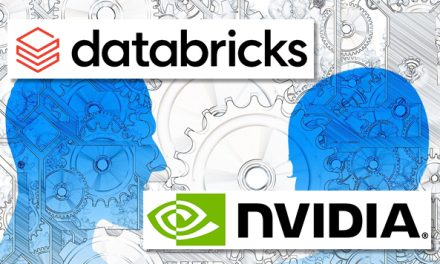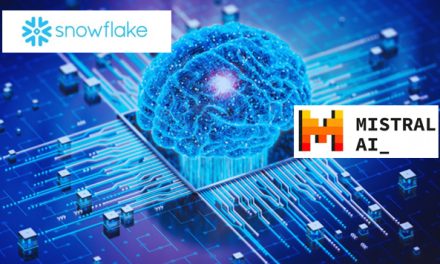Microfinance institutions are using artificial intelligence and machine learning to disburse more loans
A member of micro finance firm Cashpor Micro Credit, managed to get a loan of Rs.200,000 in March this year — the first time that he had got such a big loan amount approved. Since last year, Cashpor has been using neo bank Kaleidofin’s Ki Score, a credit analytics tool. Kaleidofin offers targeted financial services to the underbanked and unbanked population. Thanks to KiScore, Cashpor was able to analyse Kumar’s credit behaviour, based on his past repayment records. The high credit score it gave him made him eligible for the Rs.200,000 loan.
Kaleidofin uses robotics, machine learning (ML) and artificial intelligence (AI)to offer tailormade financial products to the underbanked and unbanked population. In the process, it also creates a persona for every customer that goes through its system. The Ki Score model combines information across demographics, past transactions, and loan applications filed by customers. In addition, Kaleidofin creates customer profiles based on savings data, yielding a strong model for underwriting customers.
“Since we introduced this model last year, we have disbursed Rs.3,000 crore to over 750,000 customers and we have a recovery rate of 99.9 per cent, which is much higher than usual,” says Puneet Gupta, Kaleidofin’s co-founder. Because of Ki Score, Kaleidofin has seen its loan amounts go up, adds Gupta. “About 55 percent of the loans we gave were in the range of Rs.40,000. We have been able to do this by increasing the tenure of loans — the bulk of the loans given this time were for three years. This became relevant especially after Covid hit,” he says. Ki Score is all about data analytics. Agents use an app to enter all the data. Other than know-your-customer (KYC) data, agents also have to feed in information related to the disposable incomes of households.
This data is then sent to the backend server which generates a score for the customer. The score is supplemented by a credit bureau report. “Once the data is in the system, we use ML algorithms to triangulate it. The system figures out if the person maintains a gap between loans taken, or keeps on taking loans,” says Gupta. Kaleidofin’s use of ML is supervised by a human interface. “ML algorithms have an underlying issue where they quickly start to use variables like gender and age and eliminate people. We are working with an international player to see that algorithmic biases do not come into the system,” explains Gupta.
Kaleidofin also uses robotics and AI to remove anomalies during the process of collecting KYC data. “When we take pictures of KYC documents, we don’t want any blurred pictures, as banks and fund houses reject such documents. We use a lot of AI to make sure that the capture of documents is perfect,” says Gupta. So far, this model has been used to underwrite 580,000 customers. Gupta says that the next step is an autopay system called KaleidoPay. This allows  institutions to activate digital payments and payment mandates for new and existing customers.
institutions to activate digital payments and payment mandates for new and existing customers.
Source: CRIF High Mark (India) news


























